This post is part of our series, Digital Analytics 101 for Healthcare Marketers, where we provide short briefs on the What’s, Why’s, and How’s of digital strategy. In this article, we’ll discuss why mobile ads are an essential part of the healthcare marketer’s toolkit.
As smartphone adoption rates continue to soar, healthcare consumers are increasingly relying on the mobile platform as a one-stop-shop for all of their medical needs. For hospitals and medical practices alike, the goal is to be both highly visible and immediately accessible, precisely when patients are looking for care. In this regard, mobile optimized ads and click-to-call marketing techniques are your best bet for engaging prospective patients on the mobile platform.
The Importance of Mobile Ads
Mobile is rapidly becoming a primary means of digital consumption for consumers. Worldwide, the majority of Google searches now take place on mobile, and Google Search is now the fourth most-popular app, growing at a faster rate than even Facebook can boast. When a patient pulls out their phone to search for health-related information, whether it’s on Google or a social network, making sure that your name shows up in those results should be a top priority.
Crafting a keyword-driven Search Engine Marketing (SEM) campaign helps to ensure that your name appears at the top of a mobile search results page. Why is this so important? According to a recent article by SearchEngineWatch, the top three positions receive about 37% of all the clicks. What’s more, approximately 50% of consumers who perform a local search on mobile will visit a physical location within a day of that search.
The same is true for paid social ads, especially on Facebook. Facebook is by far the most popular mobile app today, boasting 1.44 billion monthly users. In fact, 94% of marketers across all industries choose to sponsor ads on the social network, largely for its uniquely accurate customer targeting options. For medical providers, it’s an essential customer touchpoint; beyond sites like WebMD and Wikipedia, Facebook is the most commonly utilized resource by healthcare consumers.
Click-to-Call Provides Instant Access
Once patients find your information online, you’ll need to make it as simple as possible for them to reach you. Click-to-call (CTC) advertising, as the name implies, enables seamless, one-touch dialing for patients, usually created as a call extension on a regular ad — in other words, patients see your ad, tap the number on the screen, and are automatically connected. From a consumer perspective, that’s considerably easier than navigating your website in search of a phone number, especially if they’re on-the-go. Unsurprisingly, 70% of consumers make use of such features, which account for 60% of all retail phone calls.
For marketers, click-to-call generates some impressive statistics. For example, CTC conversion rates on Google search campaigns can be as high as 24.6%, at a 51% lower cost than display remarketing. On Facebook, the “Call Now” CTC feature has been shown to increase ad click-through-rates a full 185%.
Importantly, the cost-per-click for mobile ads is generally low, which means that medical marketers can afford to do some experimenting when optimizing their CTC ad buys. By targeting different regions, patient demographics, zip codes, and keywords — a low-risk, “see what sticks” approach — marketers can easily identify the most cost-effective channels before scaling their overall spend.
Mobile is now an essential marketing platform for any physician, hospital, or medical specialist. Fortunately, strategies like paid ads and click-to-call can be easily integrated into existing programs and boast an impressive ROI right off the bat.















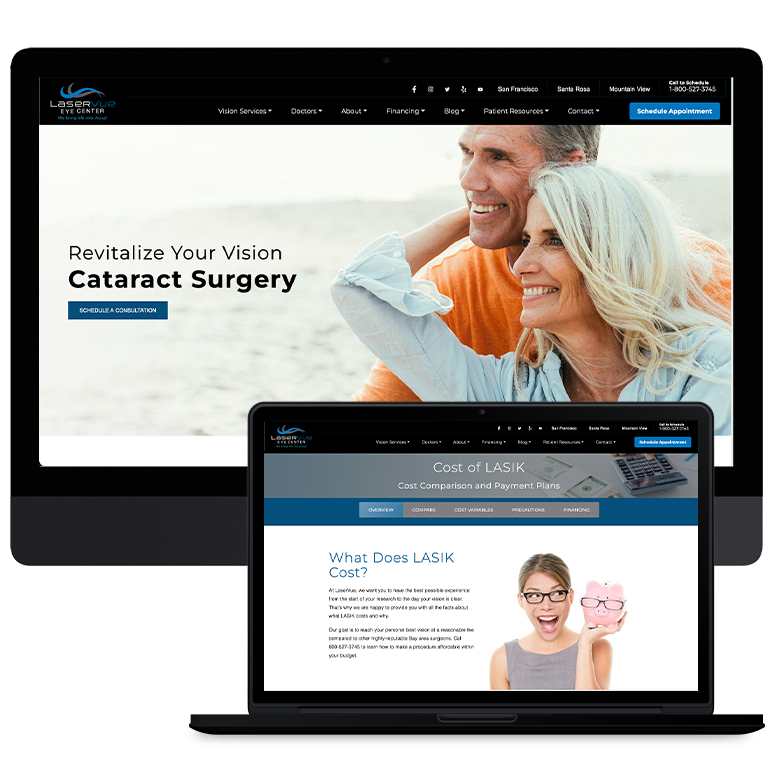
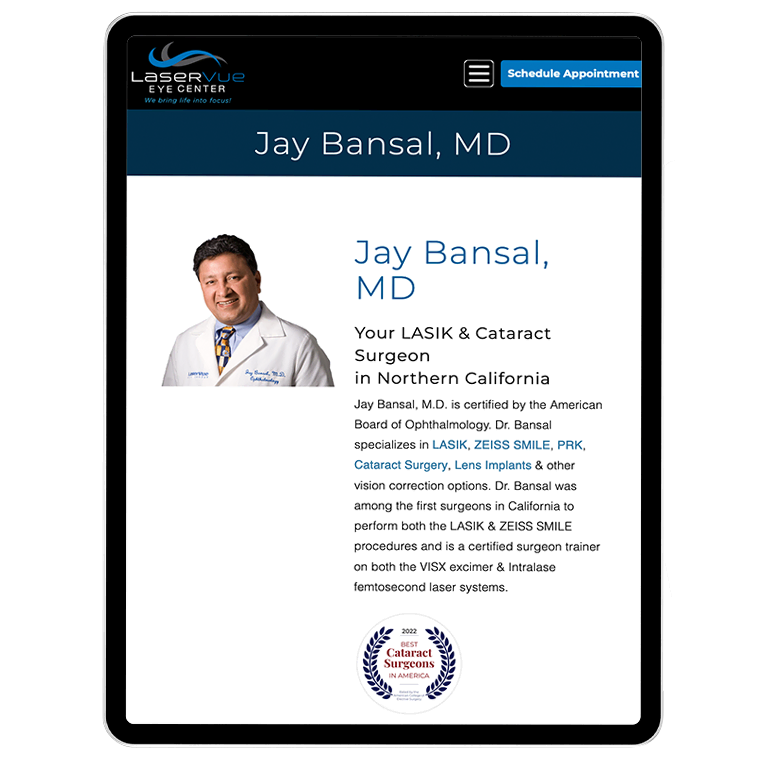

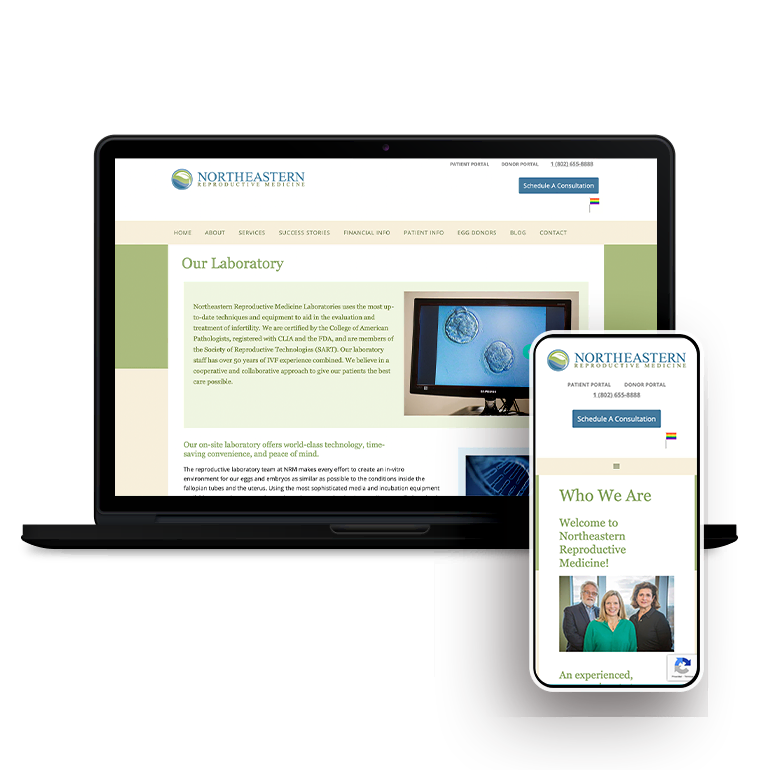
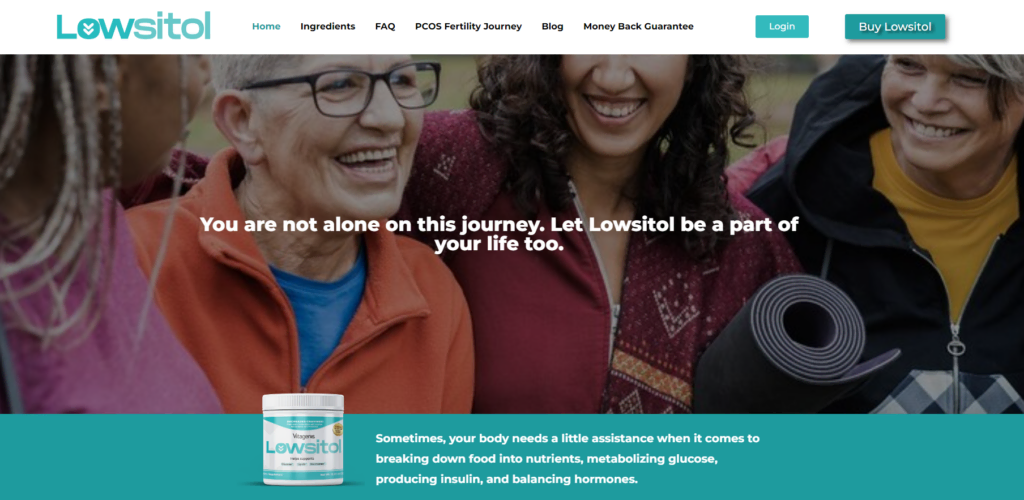


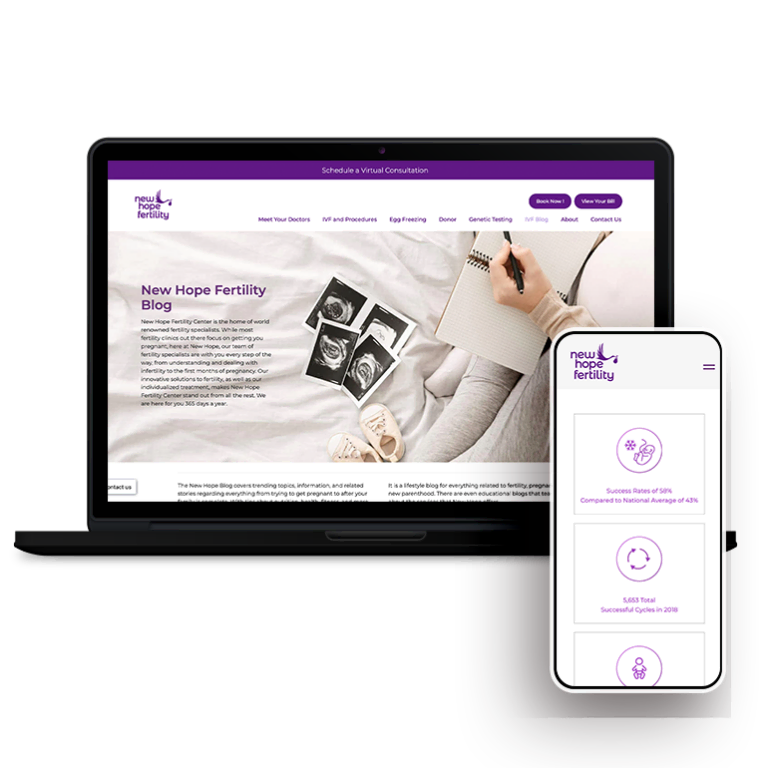
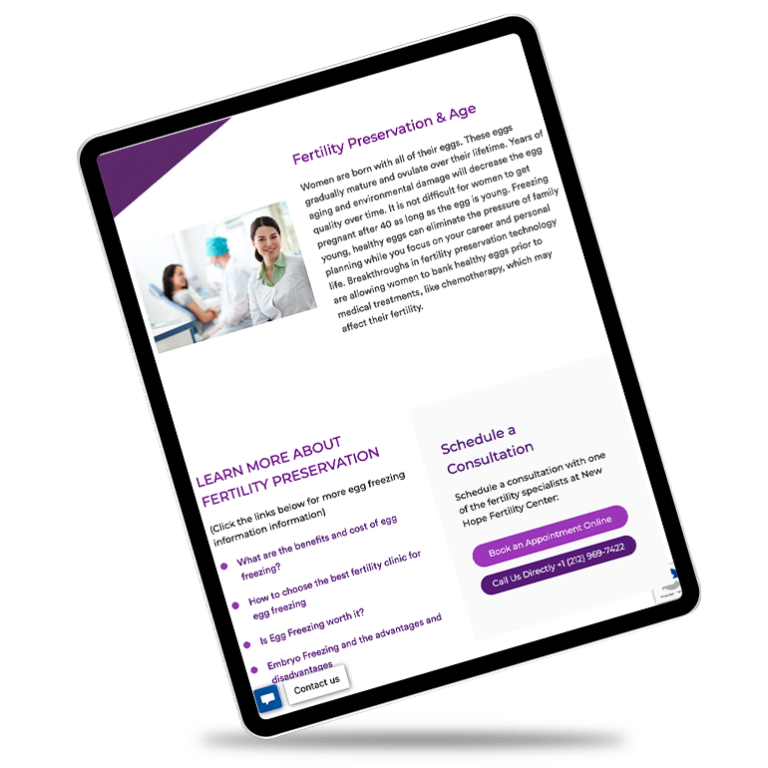

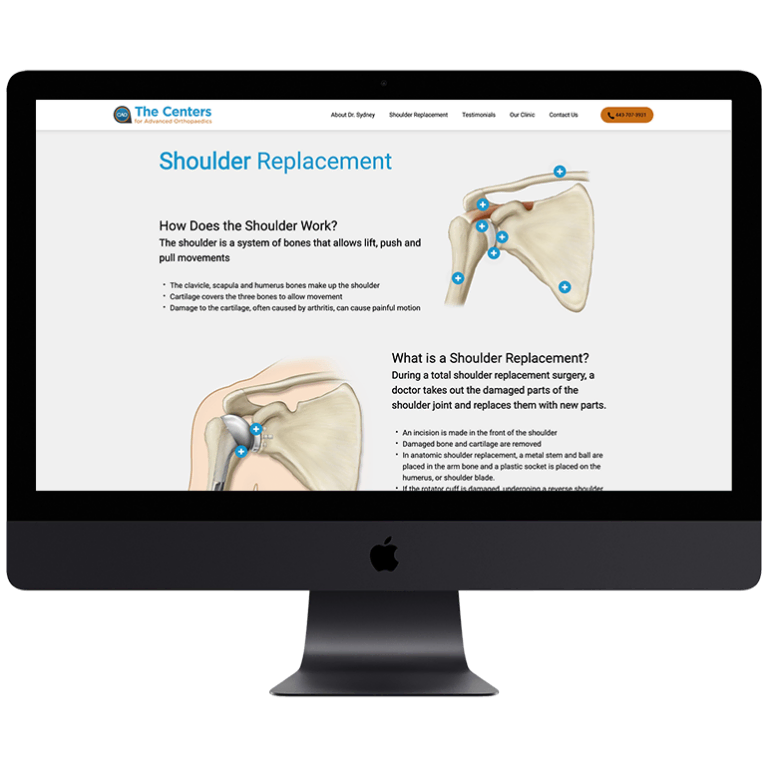



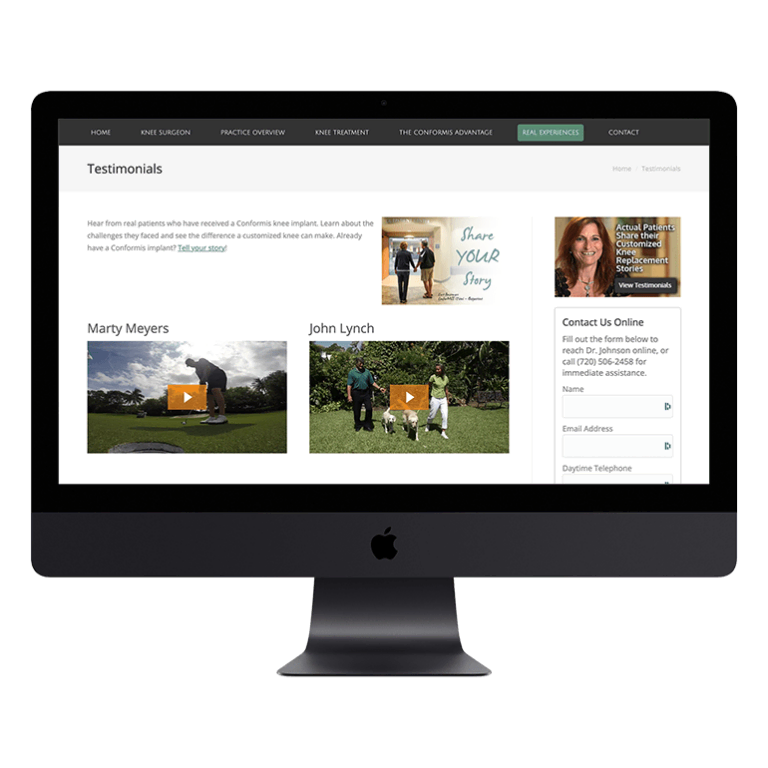
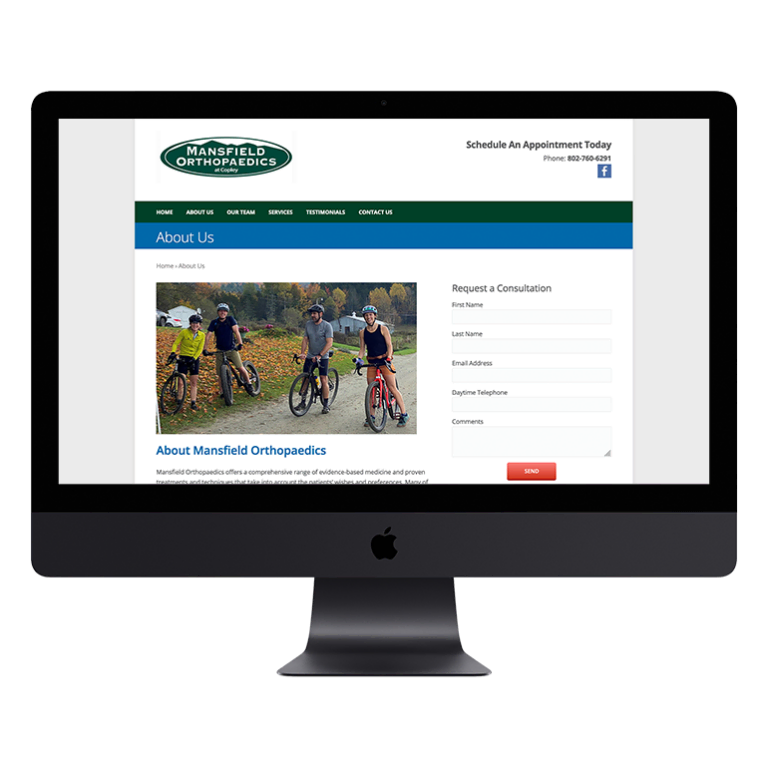
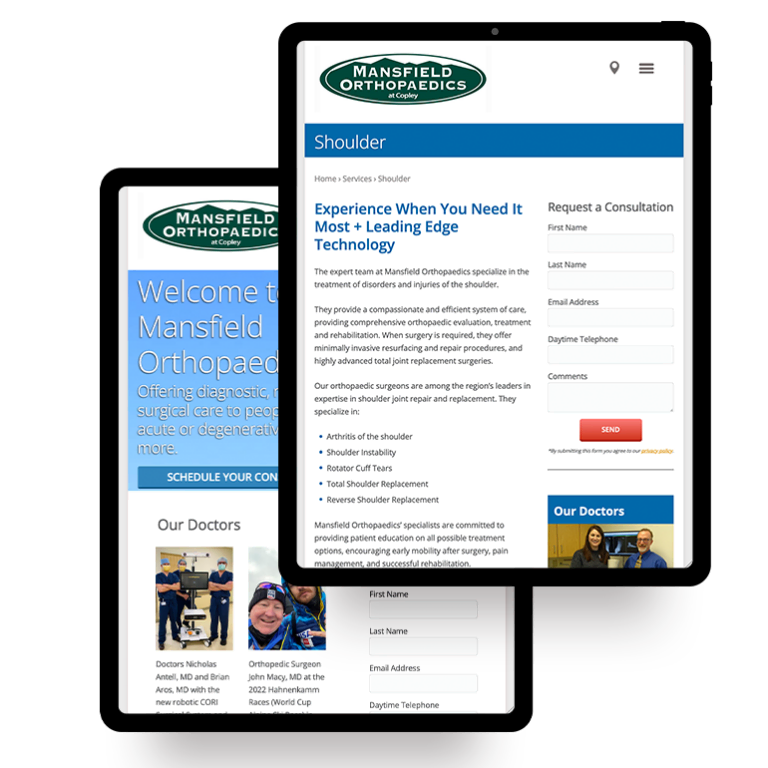

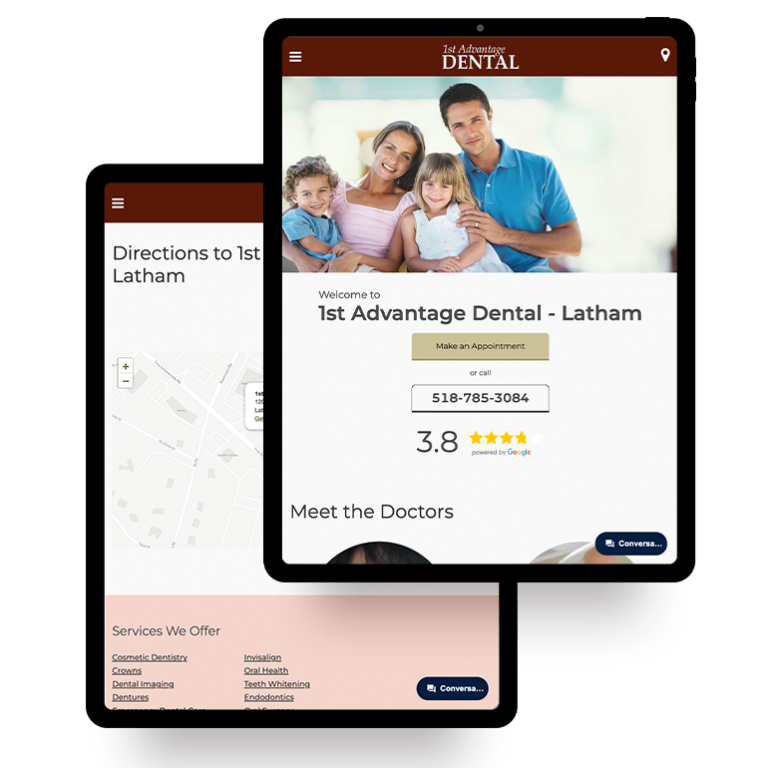

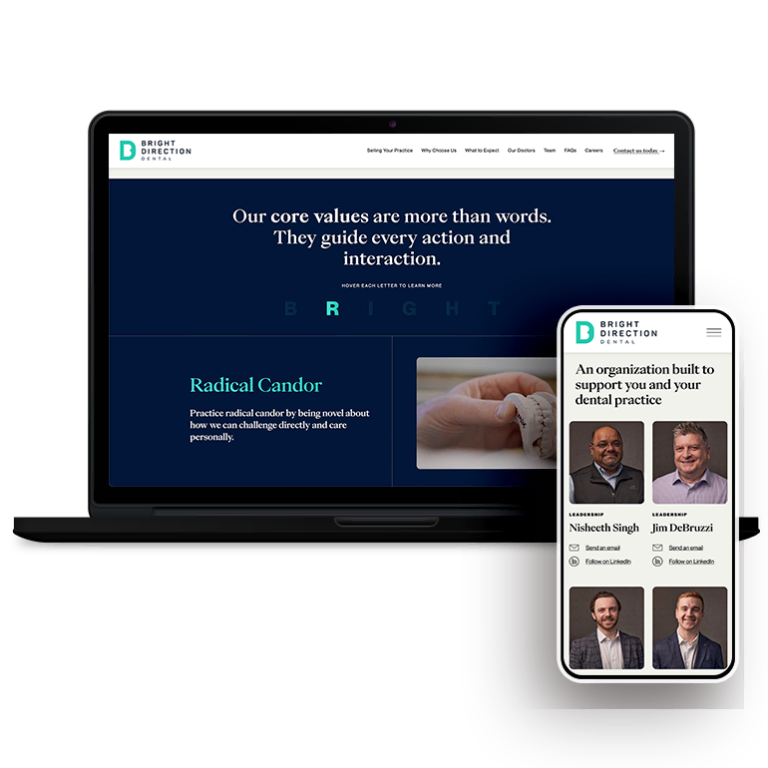
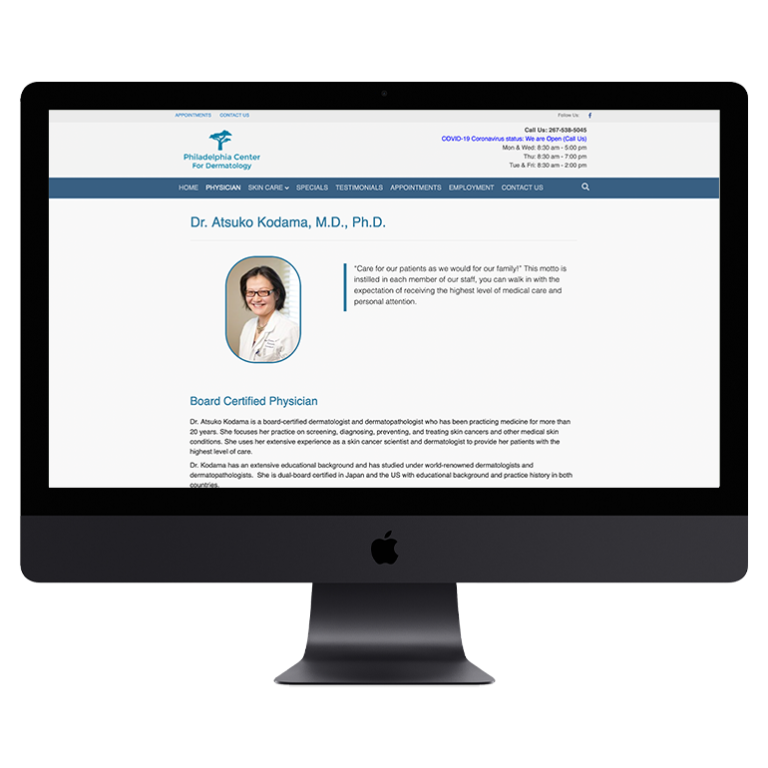
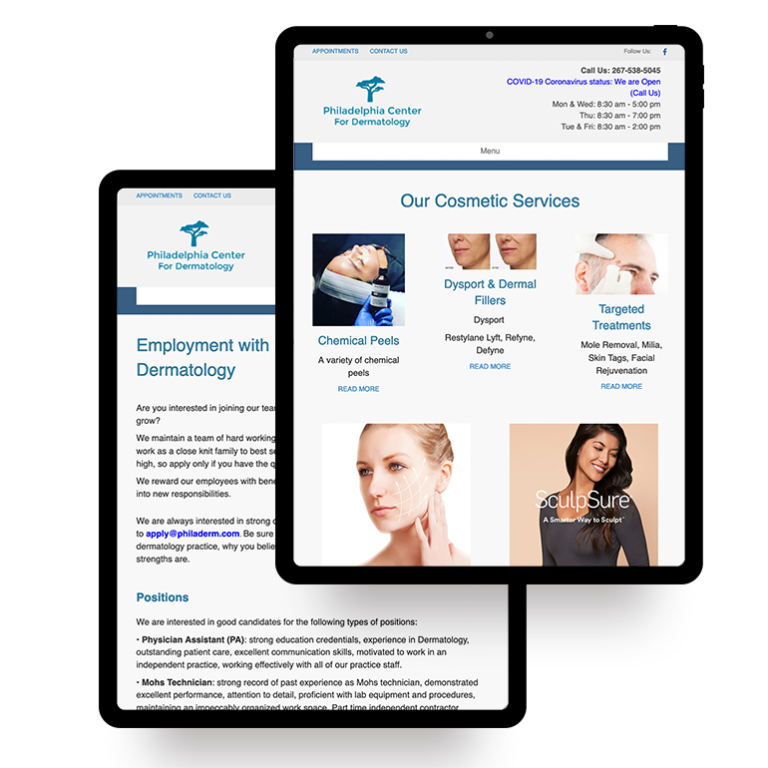



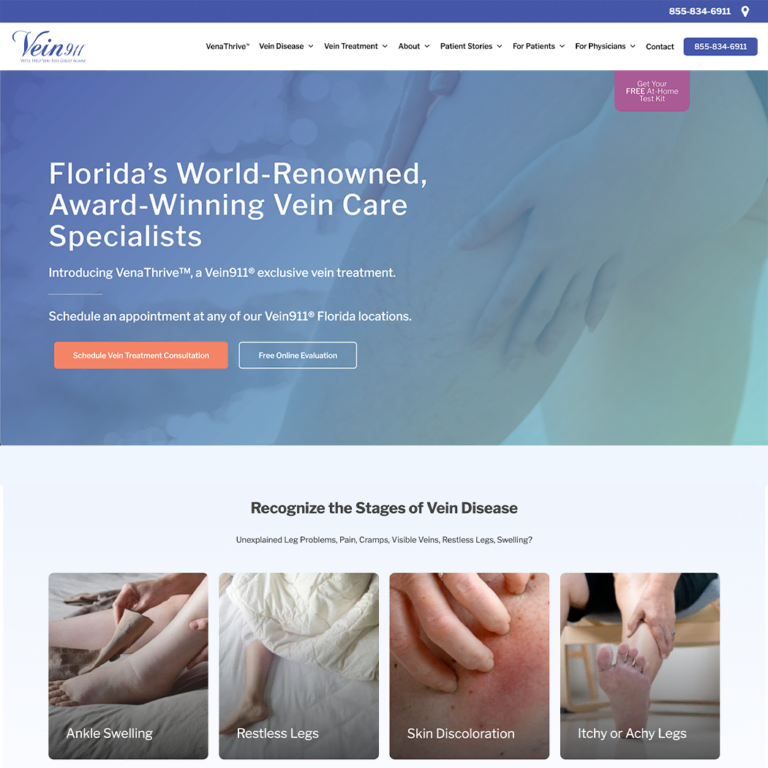
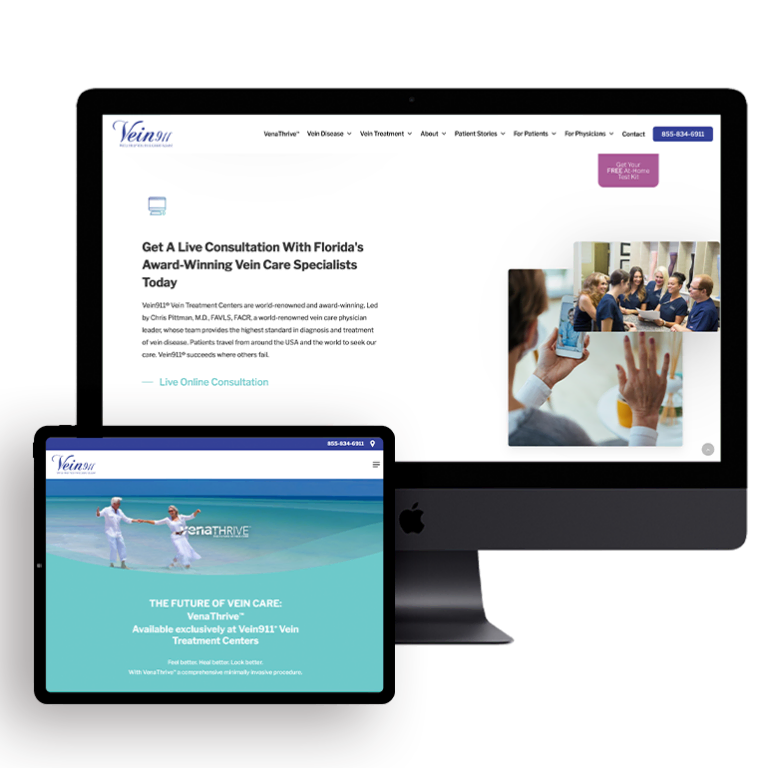
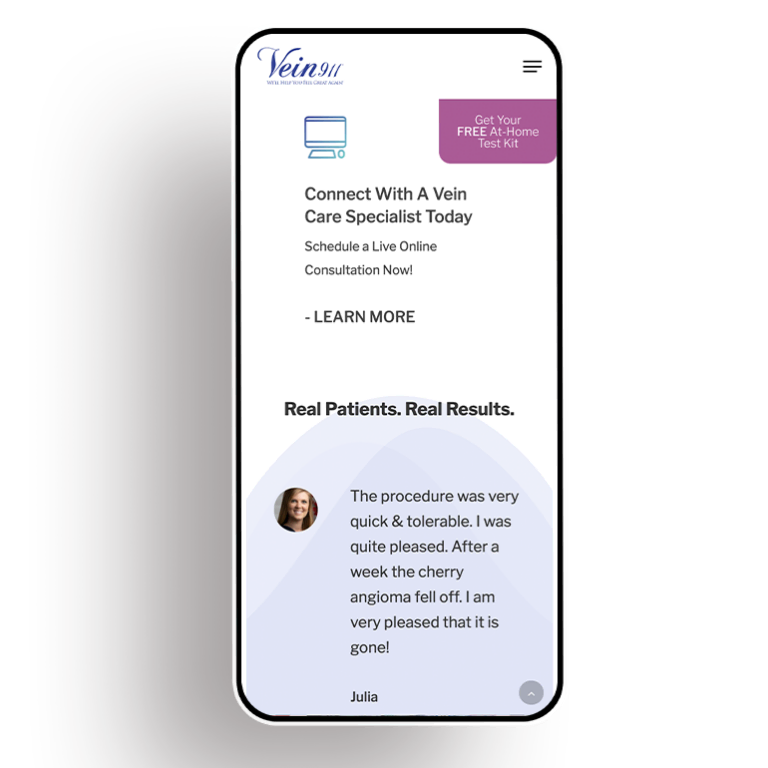
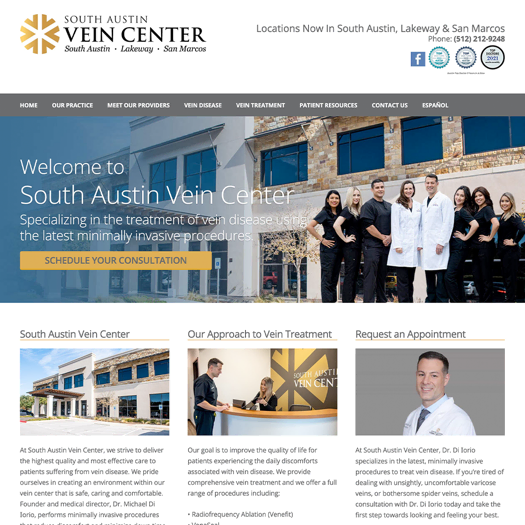
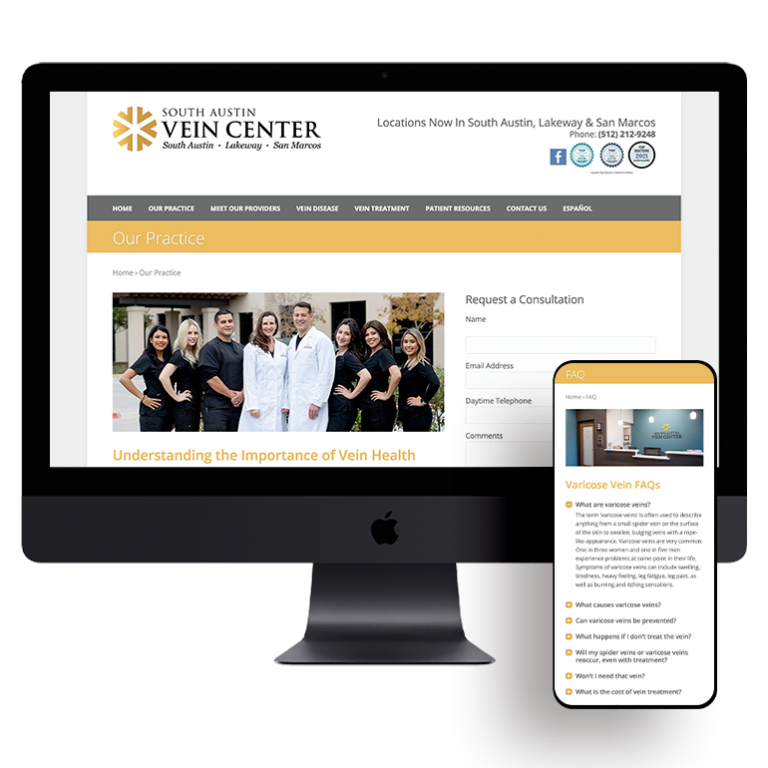
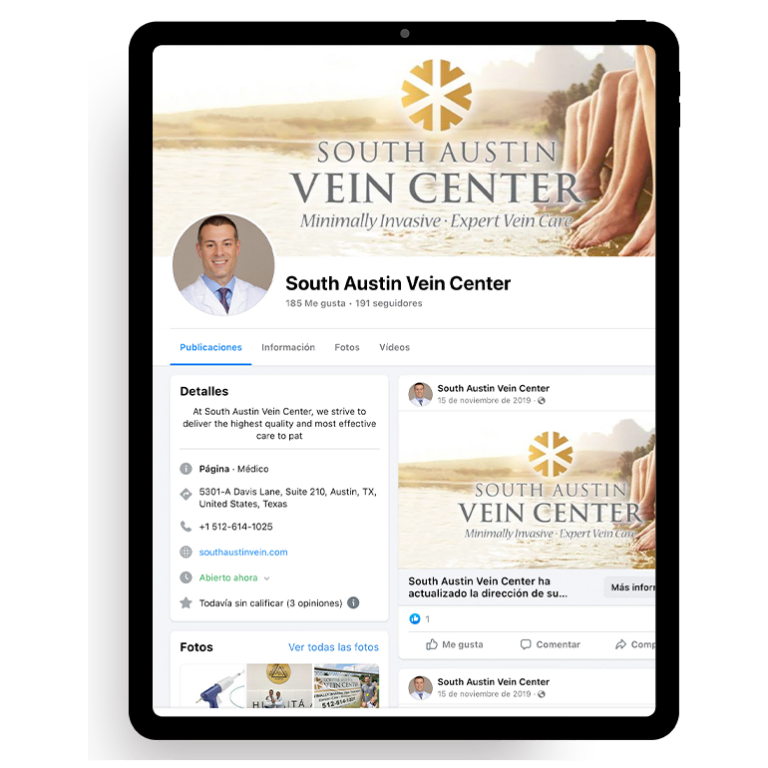



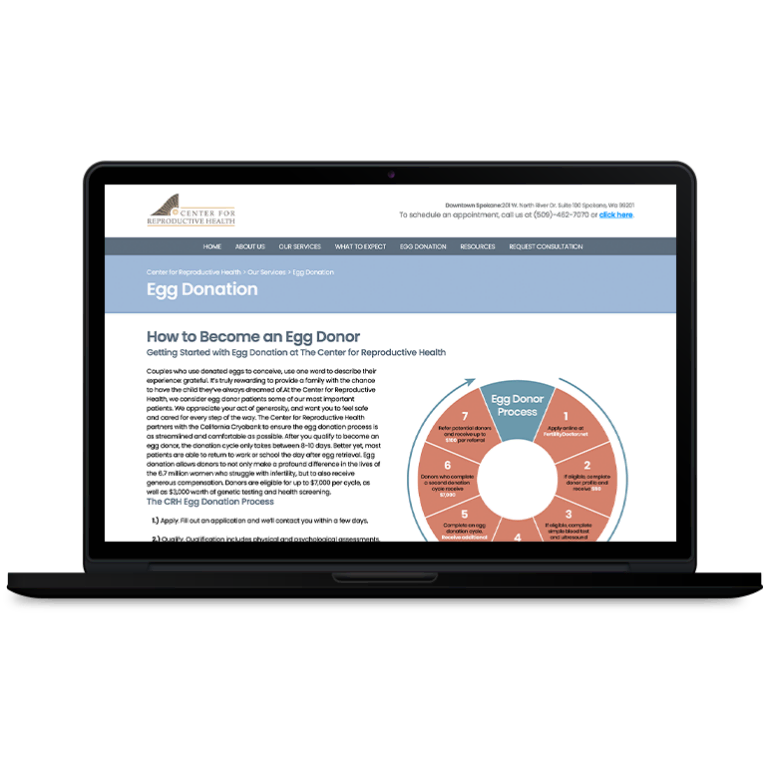
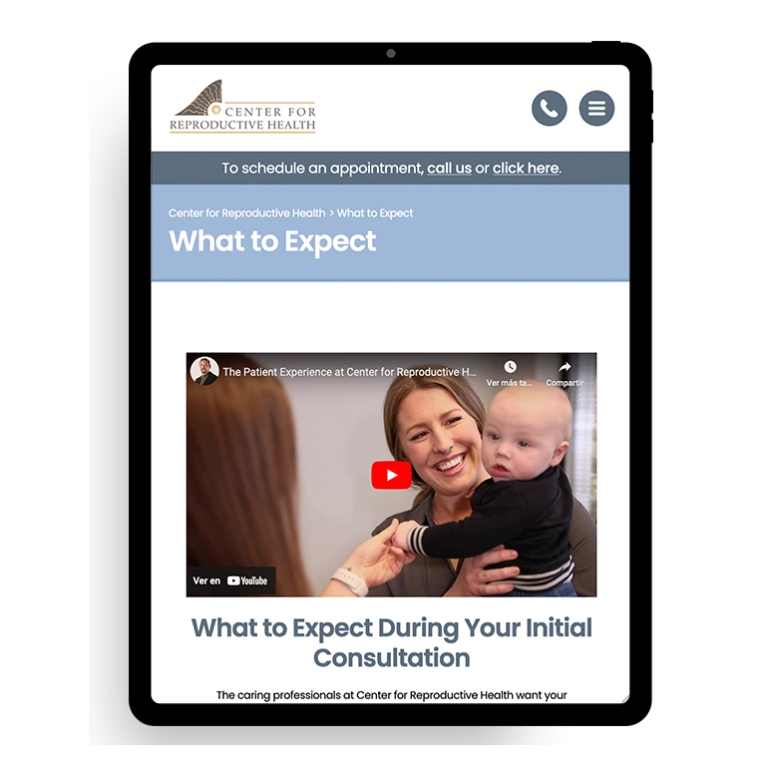
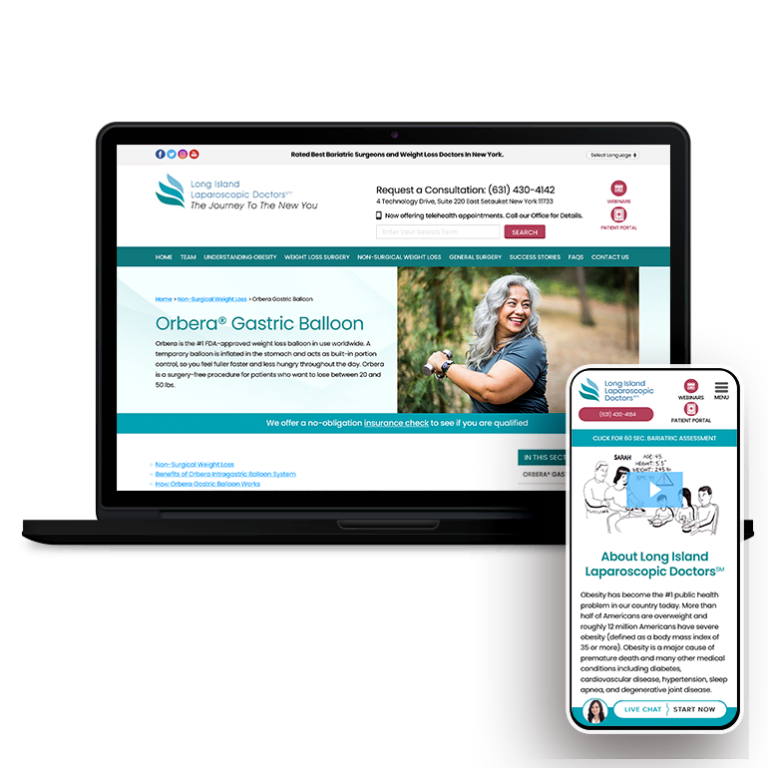
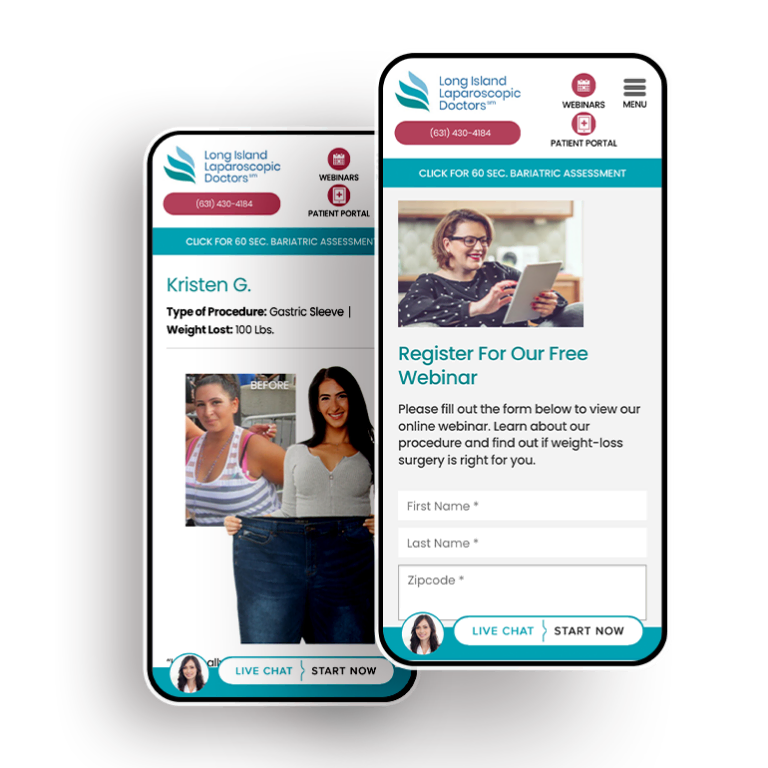
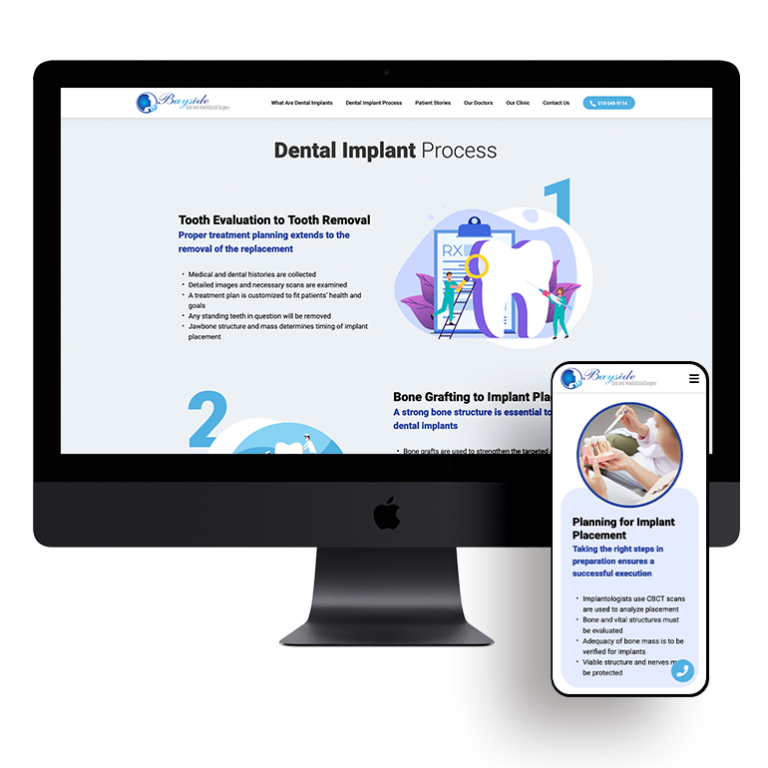

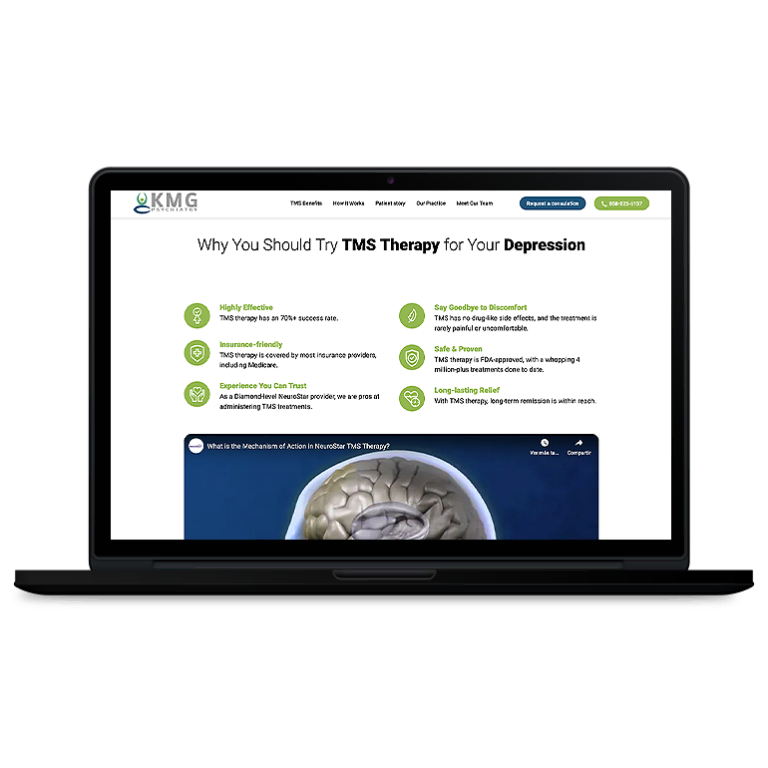


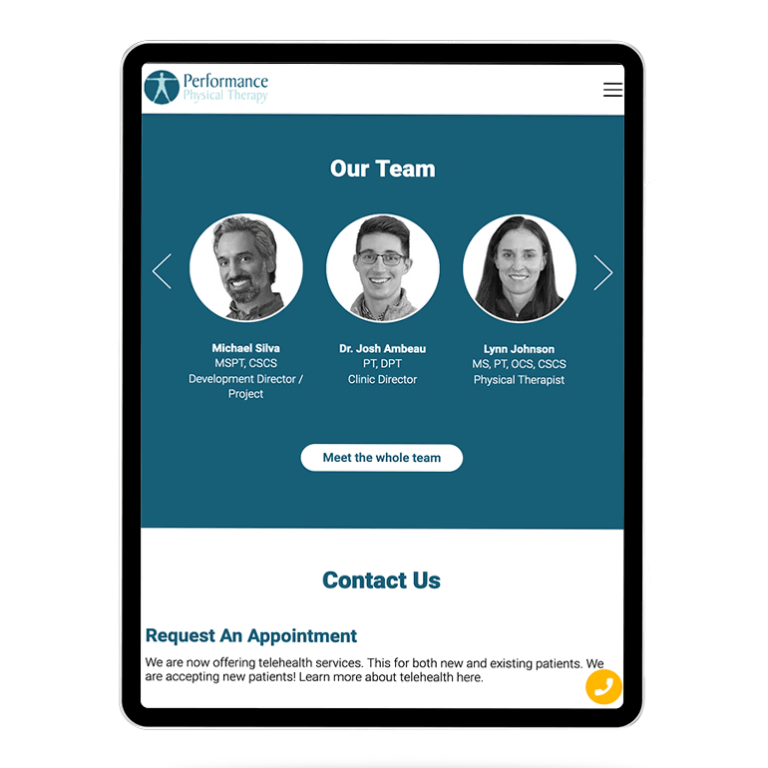

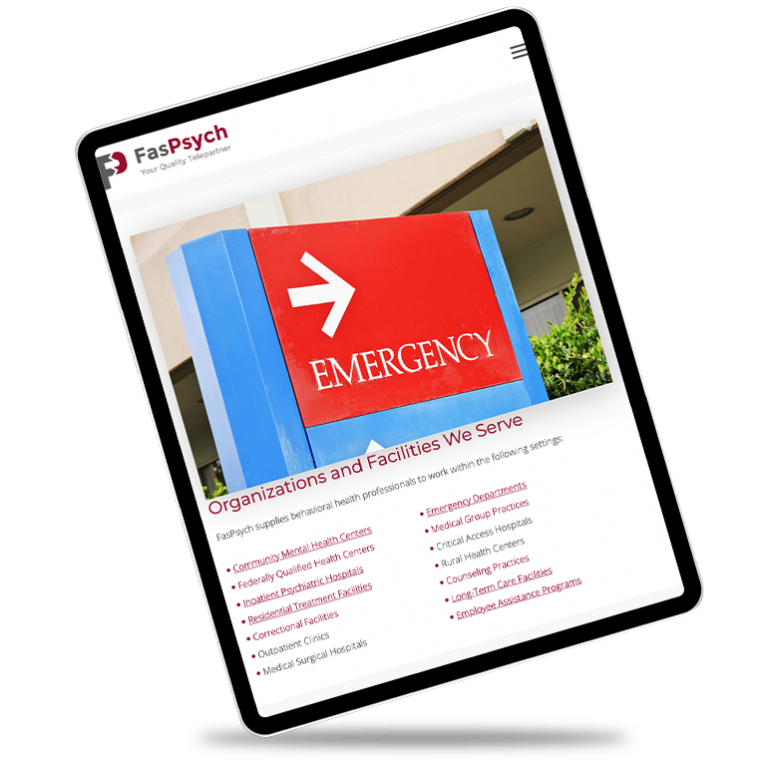
 Smart Design Creates New Patient Opportunities
Smart Design Creates New Patient Opportunities